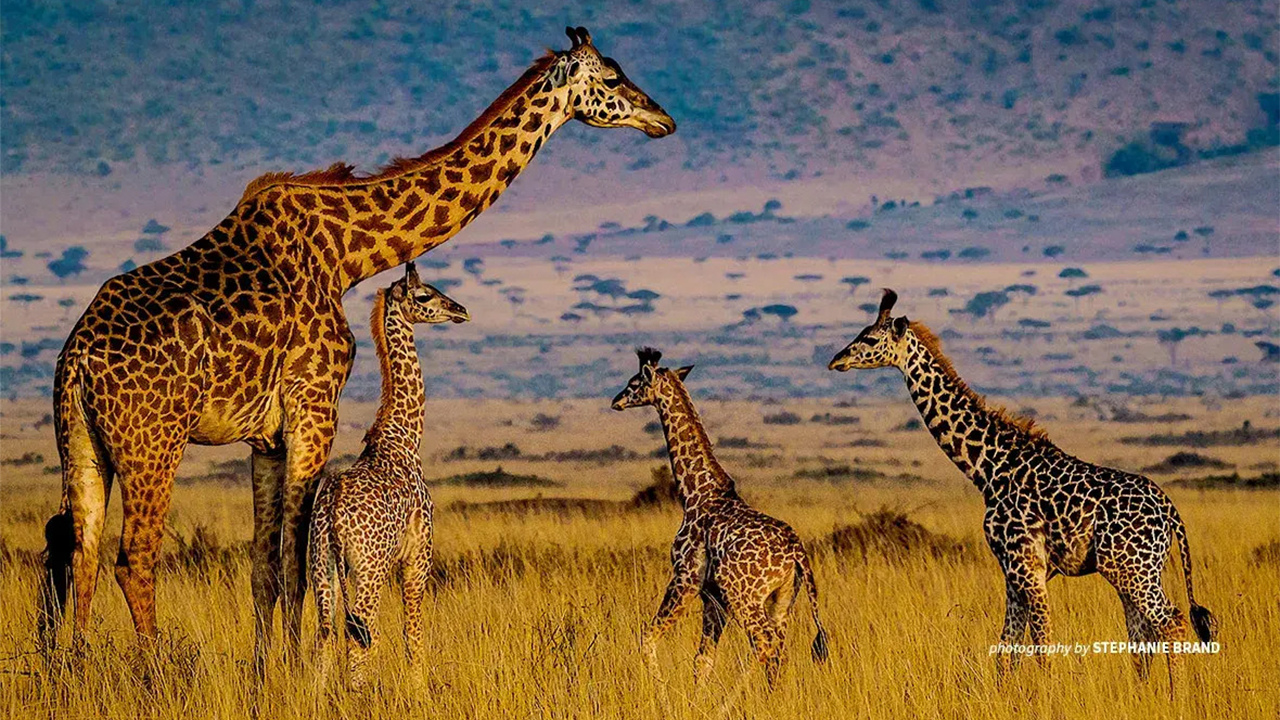The African savanna is a vast and breathtaking landscape that is not only home to a rich diversity of wildlife but also facing numerous conservation challenges. This unique ecosystem, characterized by its wide-open grasslands and iconic wildlife species, is under constant threat from habitat loss, poaching, and climate change. However, there is hope as dedicated conservation efforts are being made to protect both the endangered species and their habitats in the African savanna.
Habitat Preservation and Restoration
One of the primary strategies for safeguarding the African savanna’s biodiversity is habitat preservation and restoration. Protected areas and national parks have been established across the continent to provide safe havens for wildlife. These areas not only serve as critical breeding grounds for endangered species but also promote ecotourism, which generates much-needed revenue for conservation efforts. Additionally, initiatives aimed at restoring degraded habitats are gaining momentum, helping to maintain the balance of this delicate ecosystem.
Anti-Poaching Initiatives
Poaching remains a significant threat to African savanna wildlife, particularly iconic species such as elephants and rhinos. Conservation organizations and governments have implemented robust anti-poaching initiatives to combat this illegal activity. These efforts involve equipping and training park rangers, deploying technology like drones and GPS tracking, and strengthening law enforcement to deter poachers. The fight against poaching is a relentless battle, but progress is being made in reducing the illegal wildlife trade.
Community-Based Conservation
Engaging local communities in conservation efforts is crucial for the long-term success of protecting the African savanna. Many conservation organizations have adopted a community-based approach that involves educating and empowering local people to become stewards of their natural heritage. By providing economic incentives and involving communities in decision-making processes, these initiatives ensure that conservation is a shared responsibility and benefit for all.
Transboundary Conservation
Wildlife does not adhere to political borders, and so conservation efforts in the African savanna often require collaboration between neighboring countries. Transboundary conservation initiatives aim to create interconnected protected areas that allow for the free movement of wildlife. By working together, countries can more effectively manage and protect their shared natural resources and the species that depend on them.
Climate Change Mitigation
Climate change poses a significant threat to the African savanna, affecting both its wildlife and human populations. Efforts to mitigate climate change, such as reducing greenhouse gas emissions and implementing sustainable land management practices, are critical for preserving this unique ecosystem. Climate-resilient conservation strategies are being developed to help species adapt to changing conditions.
Research and Monitoring
Effective conservation relies on a solid foundation of scientific research and monitoring. Conservationists and researchers are continuously studying the African savanna’s ecosystems and the species that inhabit them. This knowledge helps inform conservation strategies, track population trends, and identify emerging threats. Technological advancements, such as camera traps and satellite tracking, have revolutionized our ability to monitor wildlife and their habitats.
In conclusion, conservation efforts in the African savanna are a multifaceted endeavor that requires cooperation at local, national, and international levels. Through habitat preservation, anti-poaching initiatives, community involvement, transboundary conservation, climate change mitigation, and ongoing research, there is hope for protecting endangered species and their habitats in this remarkable landscape. With continued dedication and collaboration, we can ensure the survival of Africa’s iconic wildlife and preserve the beauty and biodiversity of the African savanna for generations to come.








